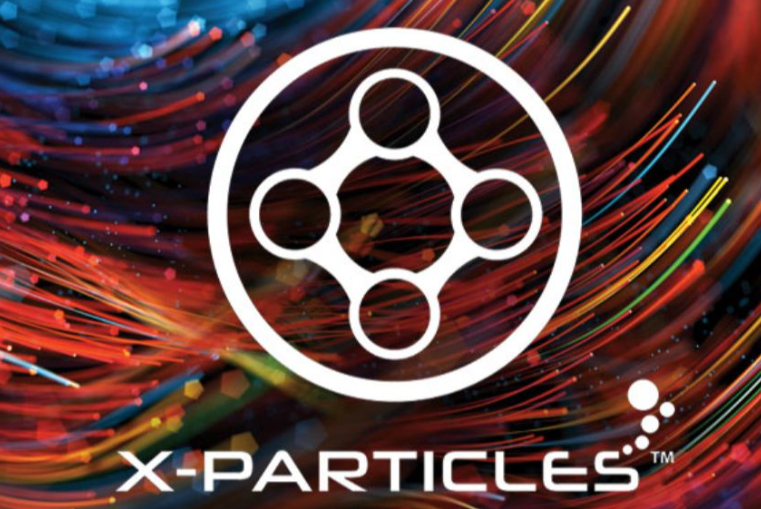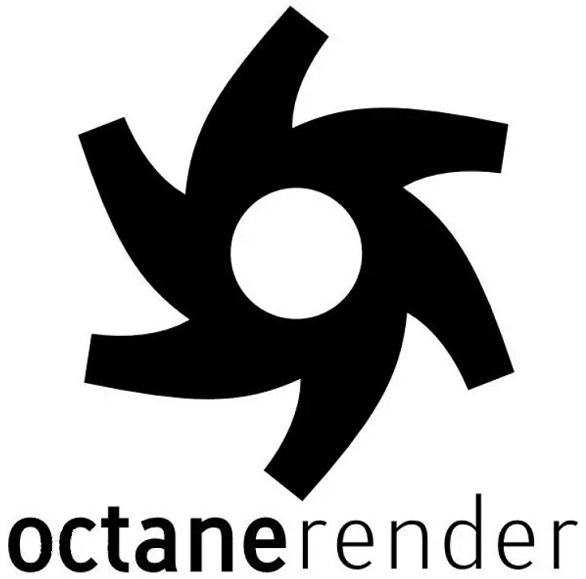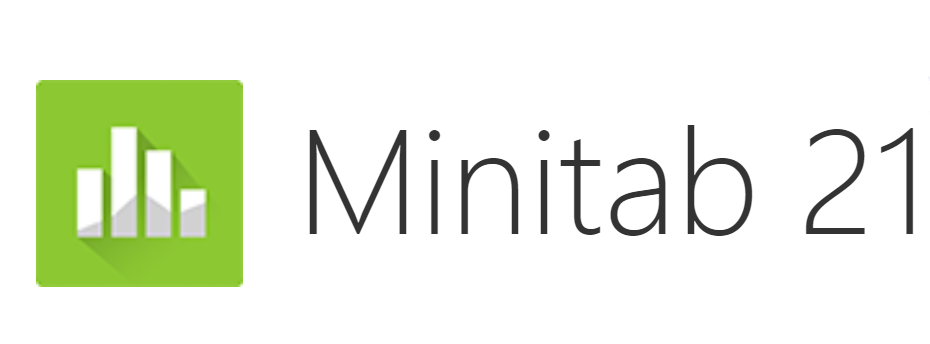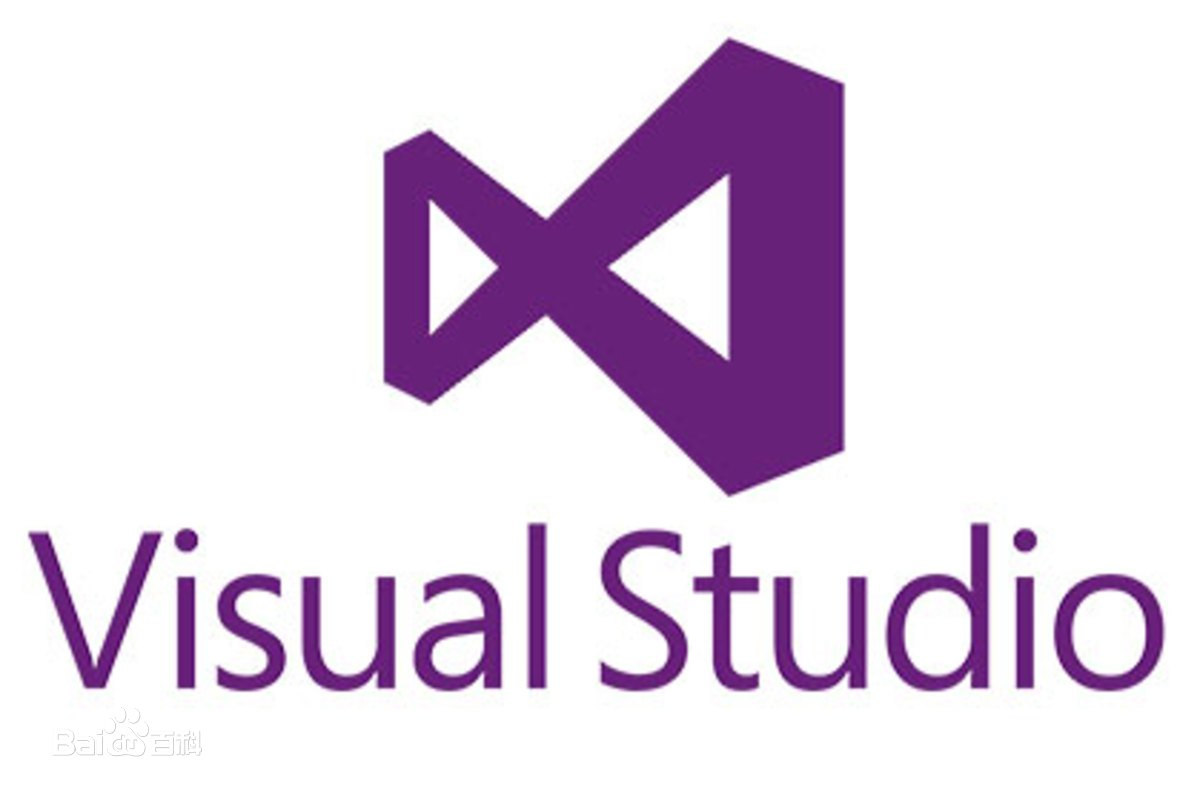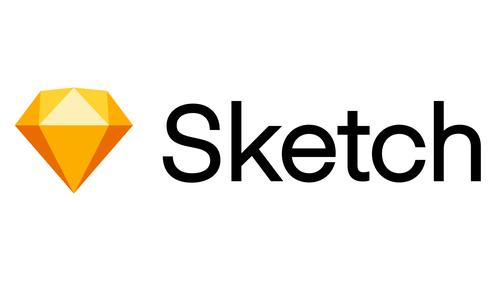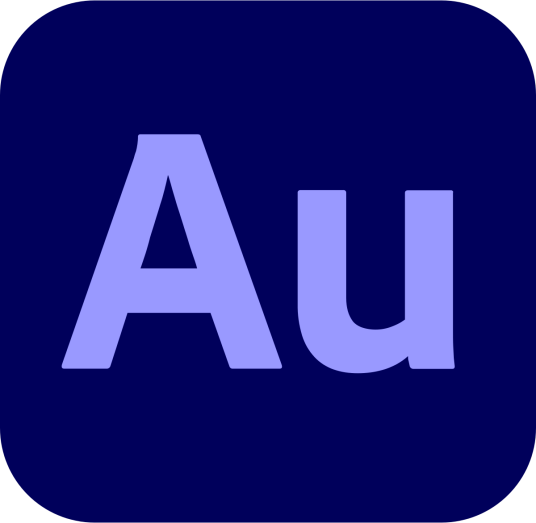дёҖгҖҒPhysical Simulation: MPM Solver and Multi physics Field Breakthrough
MPM Multi Material Solver
Added a solver based on the Material Point Method (MPM), supporting simulation of materials such as snow, soil, mud, concrete, metal, jelly, rubber, and even mixing complex materials such as water and sand.
Typical application scenarios: Avalanches, tires driving in mud, and cars hitting walls causing damage, without the need for manual management of material relationships, the solver automatically generates real physical interactions.
Technical advantage: GPU acceleration based on OpenCL, combined with NanoVDB sparse background grid, greatly improves computational efficiency.
Vellum solver upgrade
Added VDB Colliders support, allowing particle or fabric simulations to be driven by volume collision bodies (such as smoke, fluid).
Add minimum mode to optimize the performance of particle and fluid simulation, suitable for quick preview.
дәҢгҖҒCharacter Animation: KineFX System and Binding Tool Innovation
KineFX character binding optimization
Non destructive animation layer: supports real-time adjustment of keyframes without damaging the original animation data.
Real time ragdoll physics system: One click generation of complex physical movements (such as falls and collisions), adapted to the animation needs of game characters.
Wrinkle Deformer Based on OpenCL: Achieving high-precision facial expression simulation through GPU acceleration.
Simplify the binding tool process
Velcro constraint system: Quickly adjust multi role interactions (such as three person scene interactions) through axis control and group management.
Tag system: Pre built binding component library, supporting programmatic role and biological binding, reducing repetitive operations.
RBD Automotive Equipment: Convert car geometry into drivable dynamic equipment, supporting suspension, motor limits, and path animations.
дёүгҖҒProgrammatic modeling: toolchain extension and efficiency improvement
Refactoring modeling tools
Clip tool: supports high-density mesh processing, can automatically close model holes, and maintain sealing.
Sculpt tool: adds brushes, stroke types, and masking controls to optimize lossless workflows.
Quad Remesh (beta version): Clean up topology and improve model quality.
New tools and nodes
Planar Inflate: Quickly shape through geometric expansion.
Point Cloud Measure: Directly interpret unorganized point cloud data without the need to convert it to surface or volume.
VDB Boolean operation: Hard surface modeling no longer relies on traditional grids and supports non-destructive editing
Programmed vegetation and biome generation
SideFX Lab project Dyad: A complex vegetation dispersal system based on real-world data (terrain, sunlight, temperature, precipitation, etc.) that supports the generation of biological communities.
еӣӣгҖҒRendering and compositing: Karma XPU and Copernicus lead the efficiency revolution
Karma renderer upgrade
XPU hybrid rendering: Combined with CPU/GPU acceleration, the rendering speed is significantly improved, supporting adaptive sampling and real-time preview.
New features: light instantiation, lens filters, Karma Sky Atmosphere LOP, Crowd Procedure optimization.
USD compatibility: Deeply integrated with Solaris workflow, supporting one click rendering for lens layout, appearance development (Lookdev), and lighting.
Copernicus synthesis environment
Replacing the old synthesis framework, providing a flexible workflow that combines 2D/3D, supporting programmatic texture generation, NPR (non realistic rendering), and cartoon coloring.
Similar to the material creation process of Substance 3D Designer, it enhances the ability to render non realistic styles.
дә”гҖҒUser Experience: Node Network and Collaboration Process Optimization
Node Information Window
Added readability appearance, supports docking with other panels, and improves node operation efficiency.
Recipes system
Parameter Presets: Save node parameter values and apply them to other nodes.
Tools Recipe: Save nodes and their connections as new tools on the tab menu, supporting quick reuse.
Decorations: Designate a central node as a placeholder to simplify the management of decorative elements in complex scenes.
Strengthening the core hub position of USD
Perfectly compatible with software collaboration processes such as Maya, Unreal, Nuke, etc., connecting the entire process of preview, editing, and rendering.
е…ӯгҖҒIntegration of AI and Machine Learning
Physical simulation optimization: Introducing machine learning algorithms to accelerate the calculation of fluid, explosion, and other effects, improving the iteration speed of complex scenes.
Kontext AI tool: supports adjusting parameters (such as "increasing smoke density") through natural language interaction, reducing technical barriers.
Houdini 20.5 is not simply a functional iteration, but a reshaping of the 3D creation pipeline through three major directions: programmatic content generation, character animation process optimization, and multi physics field simulation, combined with AI and cloud computing. Its core value lies in:
Efficiency improvement: GPU rendering costs are reduced, allowing small and medium-sized teams to handle movie level projects.
Collaboration upgrade: USD becomes the core infrastructure, and studios that are not integrated into the process face the risk of falling behind.
Talent barrier: Node based and procedural thinking have become essential skills for senior positions, and "understanding Houdini" has become a key competitive advantage.
For practitioners, Houdini 20.5 is not only a technical tool, but also the core moat of their career in the next decade.

